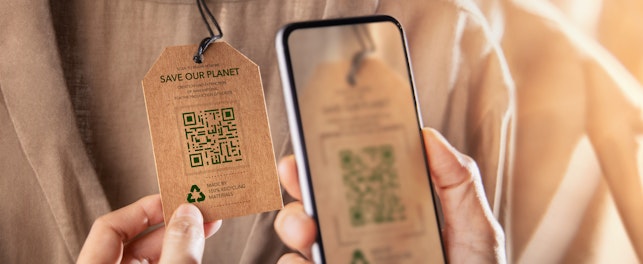SG 062/25
Australia has initiated a consultation on its proposed listing of six chemicals to the IChEMS Register. Comments are accepted until May 9, 2025.
In April 2025, Australia’s Department of Climate Change, Energy, the Environment and Water (DCCEEW) announced its proposed listing of six chemicals/groups of chemicals to the nation’s Industrial Chemicals Environment Management (Register) Instrument 2022 (IChEMS Register, Compilation No. 3, December 2024).
The proposed industrial chemicals/groups of chemicals are:
- 1,2-dibromoethane (CAS 106-93-4)
- 1,2-dichloroethane (CAS 107-06-2)
- Aryl sulfonate hydrotropes
- Decabromodiphenyl ethane (DBDPE, CAS 84852-53-9 and chemicals containing a portion of DBDPE, such as CAS1092834-40-6)
- Mercury and its compounds (CAS 7439-97-6 and others)
- Methylcyclopentadienyl manganese tricarbonyl (MMT, CAS 12108-13-3)
DBDPE and mercury and its compounds will be assigned to Schedule 6 of the IChEMS Register, a category of industrial chemicals that are likely to cause serious or irreversible harm to the environment but are permitted for essential uses. These chemicals, as well as products containing them, will be prohibited from manufacture, import, use and export, with derogations allowed for unintentional trace contaminants (UTCs), time-limited essential uses and disposal, and for articles (products) already in use prior to the effective date of the decision.
Additionally, the proposal permits several time-limited essential uses for DBDPE in articles, including, but not limited to, automotive and transport applications until July 1, 2033, electrical and electronic equipment (EEE) applications until July 1, 2033, and buildings and constructions until July 1, 2033. Replacement parts for the aforementioned applications may be used until the end of the article’s service life or July 1, 2048, whichever comes first.
Highlights of the risk management measures in the scheduling of DBDPE and its uses are summarized in Tables 1 and 2, respectively. According to the proposed standard for DBDPE, the term manufacture refers to the synthesis or extraction of the chemical substance but does not include production of DBDPE-containing products or articles, which is defined as use.
| Substance | Scope | Requirement | Proposed effective date |
|---|---|---|---|
| DBDPE |
|
Prohibited (manufacture) | January 1, 2027 |
|
≤ 10 mg/kg as UTC (manufacture) | ||
| DBDPE |
|
Prohibited (import and export) | January 1, 2027 |
|
≤ 10 mg/kg as UTC (import and export) | ||
|
≤ 500 mg/kg as UTC (import and export) | ||
| DBDPE |
|
Prohibited (use) | January 1, 2027 |
|
≤ 10 mg/kg as UTC (use) | ||
|
≤ 500 mg/kg as UTC (use) | January 1, 20271 | |
| 1Exempts articles already in use on or before 1 July 2028 | |||
Table 1. Proposed decisions for DBDPE
| Substance | Application |
|---|---|
| DBDPE |
|
Table 2. Uses of DBDPE
The DCCEEW announcement also consults over the following chemicals that present a lower risk to the environment:
- 1,2-dibromoethane and MMT are proposed to be listed under Schedule 5 of the IChEMS Register, a category for chemicals that are likely to cause harm to the environment
- 1,2-dichloroethane is intended to be listed under Schedule 4 of the IChEMS Register, a category for chemicals that may cause harm to the environment
- Aryl sulfonate hydrotropes are suggested to be listed under Schedule 2 of the IChEMS Register, a category for chemicals that are unlikely to cause harm to the environment
Ensure your products meet relevant regulations and protect customers from harm with our comprehensive chemical testing and analysis services. Contact us to learn more, or visit our website. In the end, it’s only trusted because it’s tested.
© SGS Société Générale de Surveillance SA. This publication or website is a property of SGS Société Générale de Surveillance SA. All contents including website designs, text, and graphics contained herein are owned by or licensed to SGS Société Générale de Surveillance SA. The information provided is for technical and general information purposes only and offers no legal advice. The information is no substitute for professional legal advice to ensure compliance with the applicable laws and regulations. All information is provided in good faith “as is”, and SGS Société Générale de Surveillance SA makes no representation or warranty of any kind, express or implied, and does not warrant that the information will be error-free or meet any particular criteria of performance or quality.
16th Floor, Block A, No.73 Fucheng Road, Century Yuhui Mansion,
Beijing, Haidian District,
China





